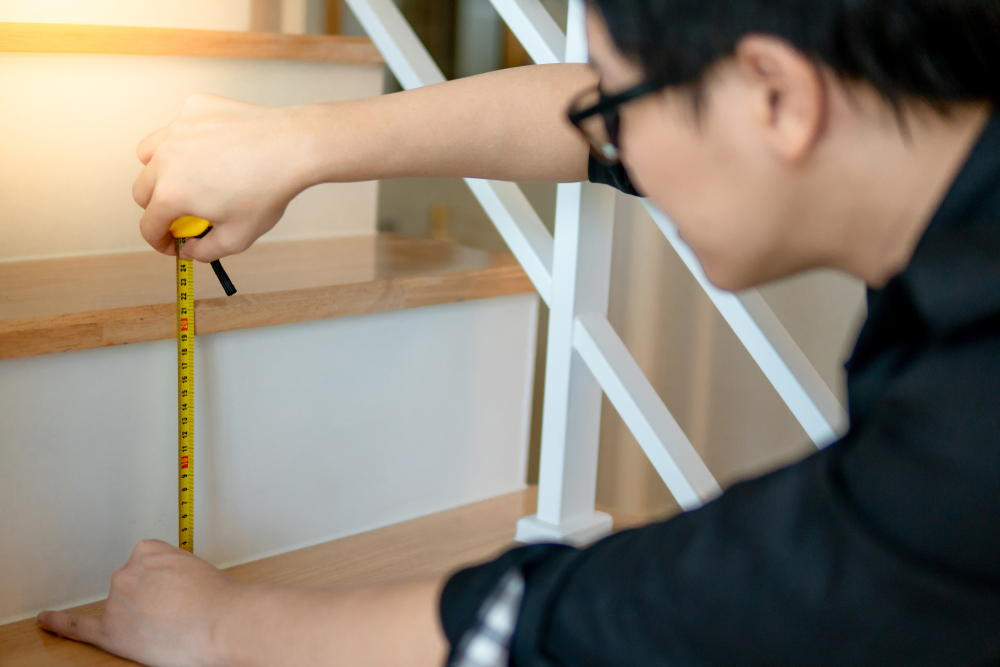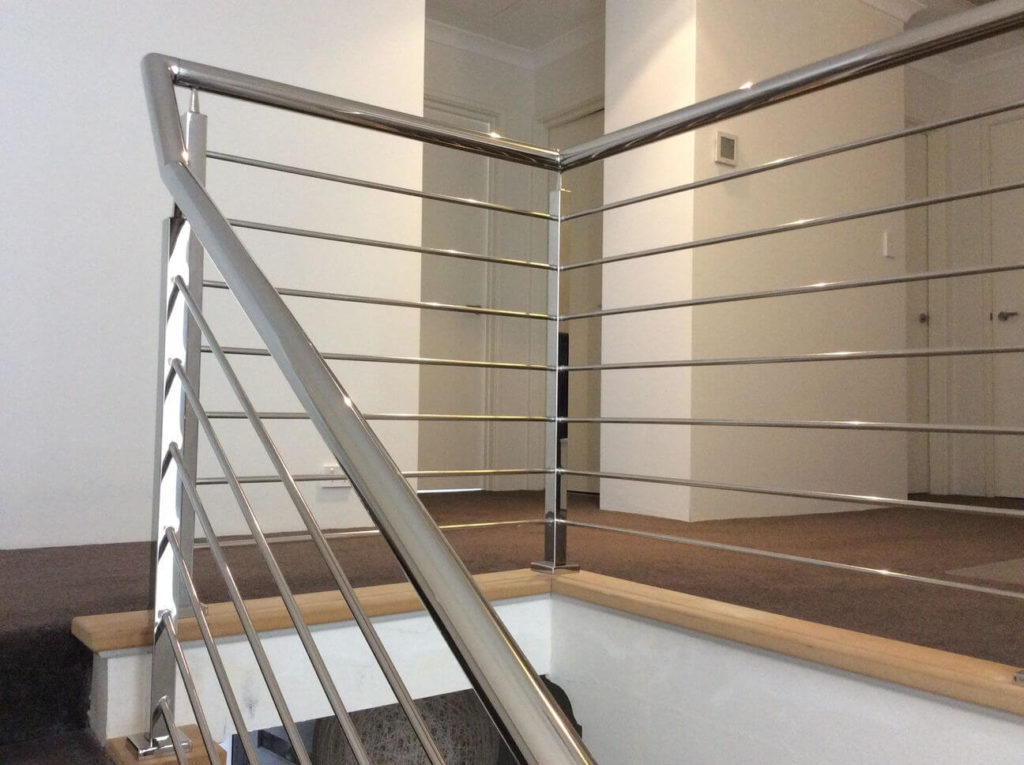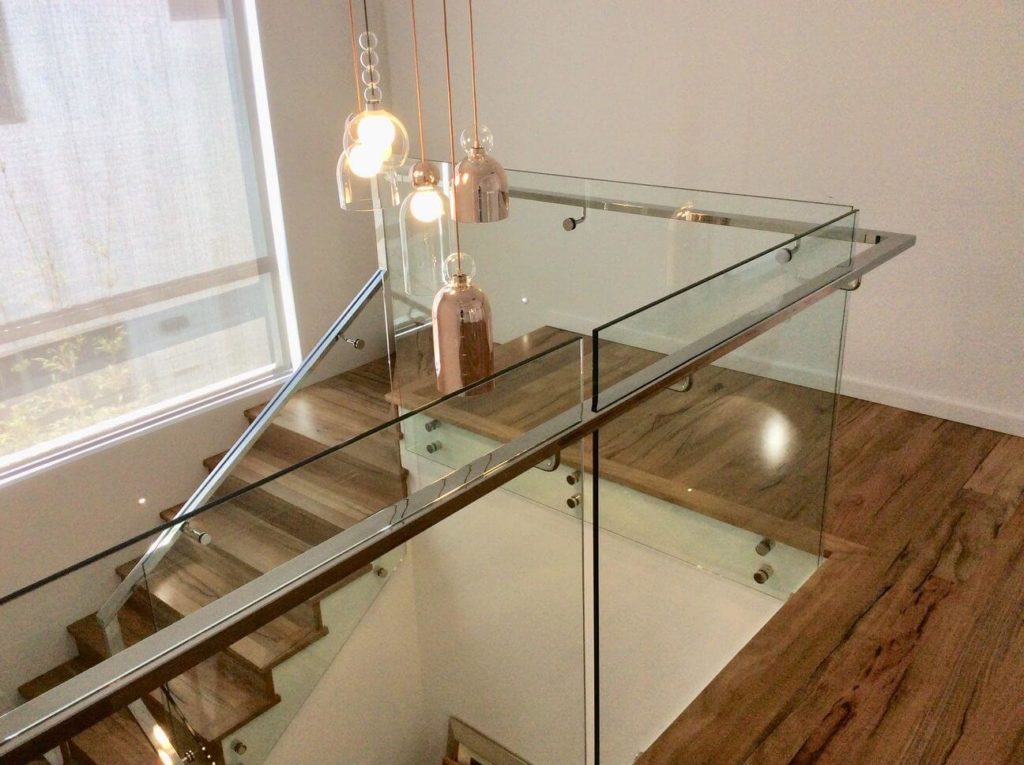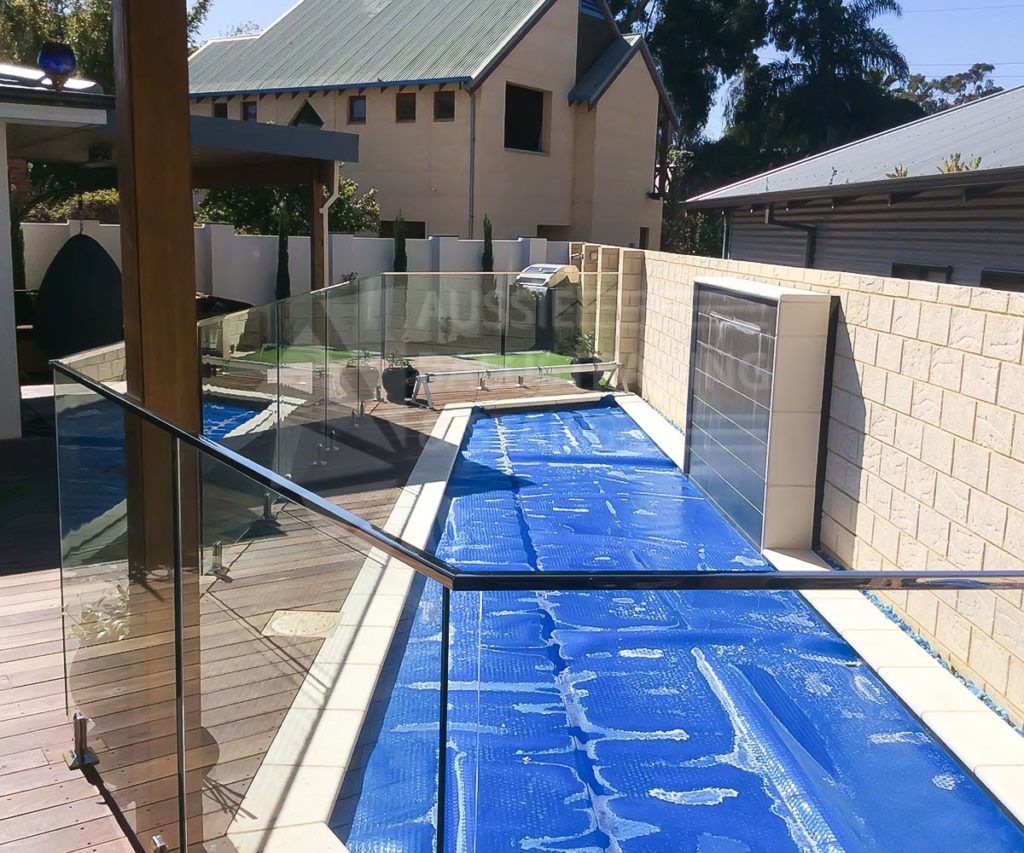There’s more involved in renovating a staircase than you might first think. Aside from refreshing the finish, there are a number of components that can be removed and replaced, giving you the opportunity to transform the look of the staircase from top to bottom. This blog post contains more details about what’s involved in renovating a staircase as well as providing some useful DIY tips to get you started.
Plan Your Renovation
Renovating your staircase involves careful planning, ensuring everything proceeds smoothly without any costly oversights or mistakes. We recommend taking a closer look at newel posts, handrails and spindles to determine if you want any of these changed. We also suggest examining the going and risers of the steps to see if these can be refurbished. You can then feel ready to order new parts from a designer. Another planning consideration is which timber you’ll use for your staircase. Popular timber types for stairs include spotted gum, firestreak, blackbutt, Victorian ash and pine.
Replace Steps and Risers
Staircase renovations should begin with replacing the steps and risers. Carpets on the stairs should be removed at this point, after which your new going and risers of the steps can be cut to size and test-fitted. We suggest installing the first and second risers first, followed by the first step and then any subsequent steps and risers. Mouldings can be used to cover any gaps. Further, you may choose to apply an anti-slip coating on the steps to protect from stains and ensure safety.
Renovate the Landing Area
If your staircase has a landing area, you can use winder steps to renovate it. The number of steps you will need can be calculated by measuring the landing from back to front and adding 20mm for the nosing, after which you can cut and test-fit these parts before installation. Mouldings can be used once more to hide any exposed margins.
Remove Old Handrails and Spindles
Old handrails, base rails and spindles should be removed from the staircase if this hasn’t already been done. Following this, cut old newel posts and make sure you adhere to minimum legal height requirements when installing the handrails. Glue and screws are useful for securing new posts, and a newel base connector can hide any gaps between the base and the new post.
Fit New Handrails and Base Rails
Appropriate handrails and base rails will depend on whether you have a staircase with spindles or a glass staircase. Once you’ve ordered your handrails and base rails, you’ll need to cut them twice to match the angle and length of your stairs. When installing them, ensure they’re correctly fitted and centred to accommodate any spindles or glass panels.
Learn More Today
If you want the best outcome when renovating a timber or steel staircase contact the experts at Aussie Balustrading & Stairs today. We can take care of all aspects of your staircase renovation for the highest quality result.



